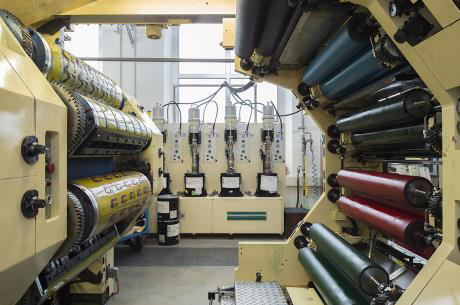Client Background
A specialised printing entity providing services to government stakeholders realised the need for reliability improvement to help curb irregular maintenance expenditure.
The plant processes high volume, complex printing jobs in which speed and accuracy are essential. The method used is intaglio printing, which is a process of embossing the paper into the incised lines, requiring considerable pressure with a roller press. Updating the printing press workflow was the first step in meeting requirements but was not enough. A successful digital press operation requires regular evaluation and tweaking to maximise efficiency.
The plant realised the need for maintenance strategy improvements and employee skills development to achieve sustainable operations.
Key Challenges
- A run-to-failure maintenance tactic had proved expensive with many asset replacements.
- Extended periods of downtime occurred because of contractor availability and breakdowns.
- The operating status of the plant was unknown because there was no process monitoring.
- The health status and risk of assets were unknown because there was no condition monitoring.
- Hidden concealed defects existed, posing a risk of asset failure.
- No quality control procedures were in place to assess maintenance workmanship.
- Tasks and activities were undocumented for corrective actions to take place.
- No structured training programmes were in place
Martec Intervention
- Condition Monitoring Improvement Plan
- Thermography assessment
- Ultrasound assessment
- Vibration analysis
- Compressed air leak survey
- Identified areas for quick wins
- Provided training (Thermography and Vibration)
Value add
- Identified focus areas for quick wins.
- Provided immediate support for operational problems.
- Measured internal practices to industry benchmarks.
- Evaluated existing maintenance procedures.
- Developed training programme.
- Provide advisory service on all plant areas.
- Provide the health status and risk of assets periodically.

Tools and technology
- Infrared Thermography
- Ultrasound
- Vibration
- CMIP evaluation matrix